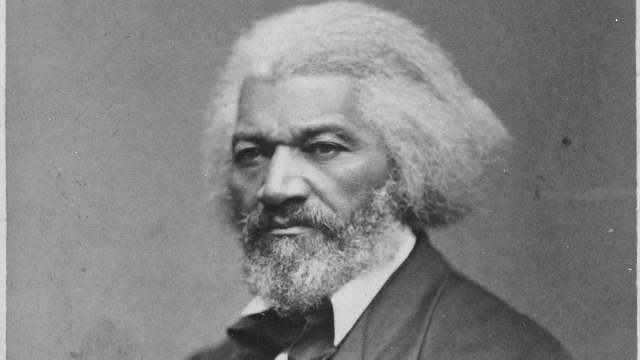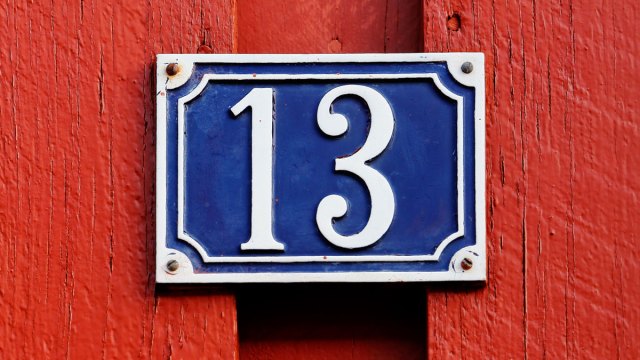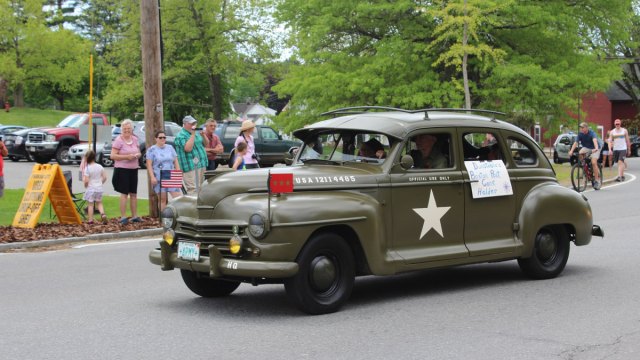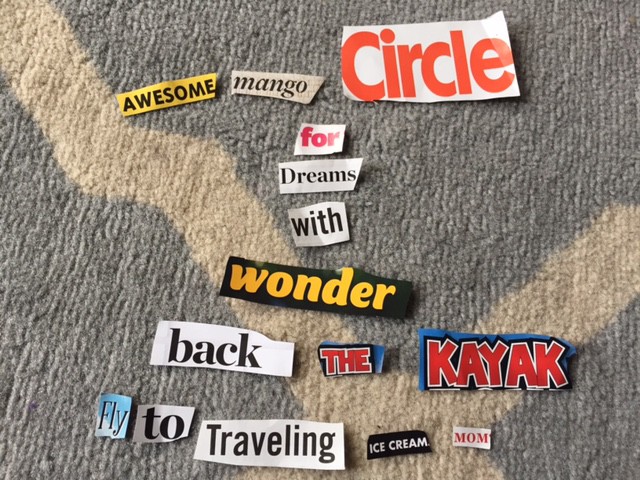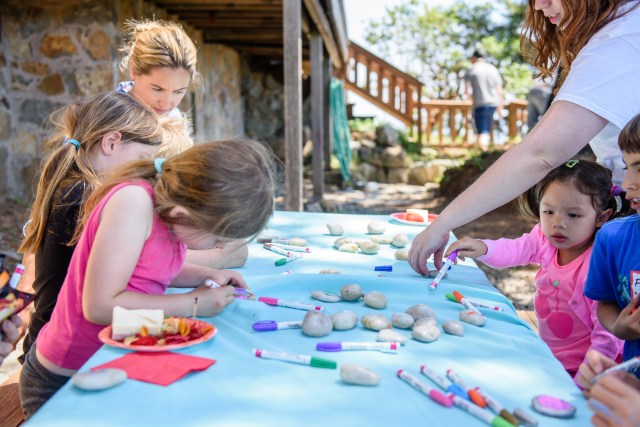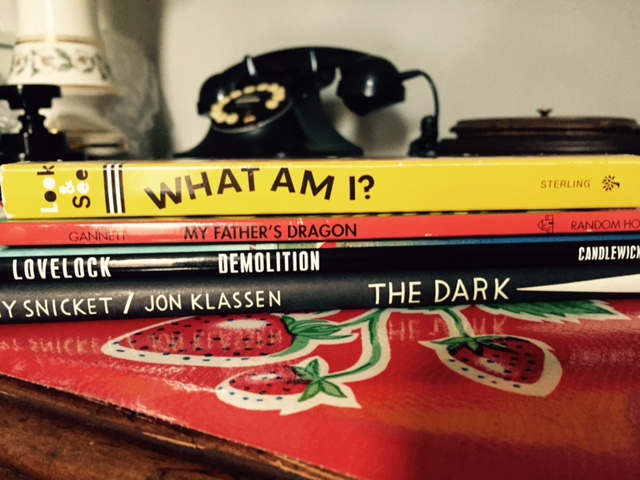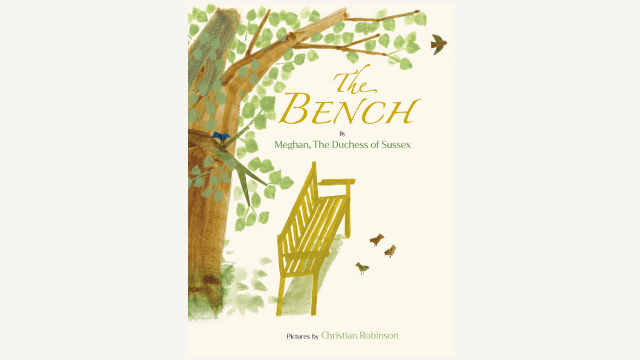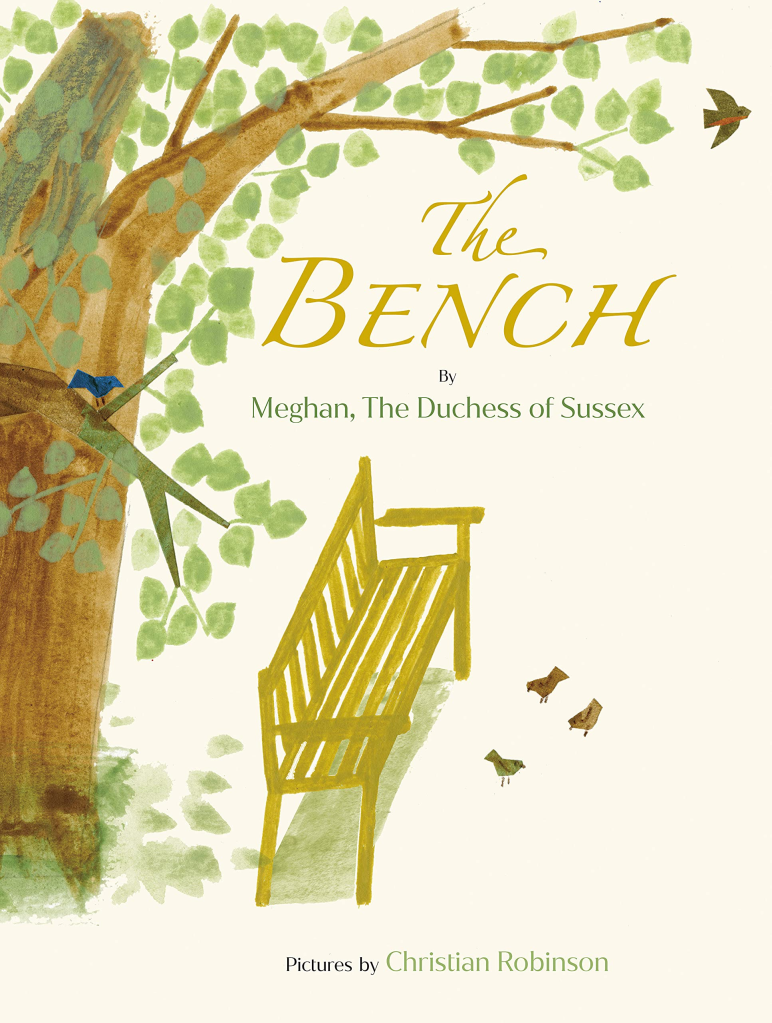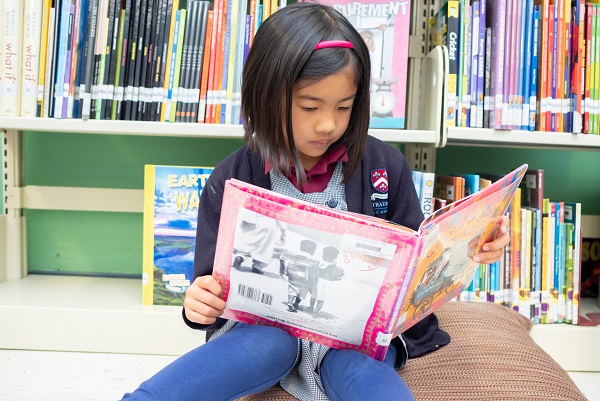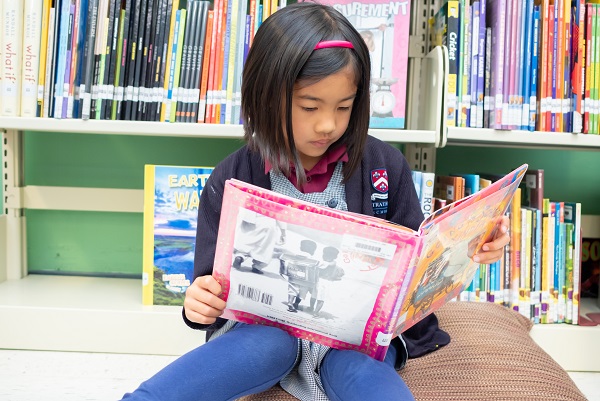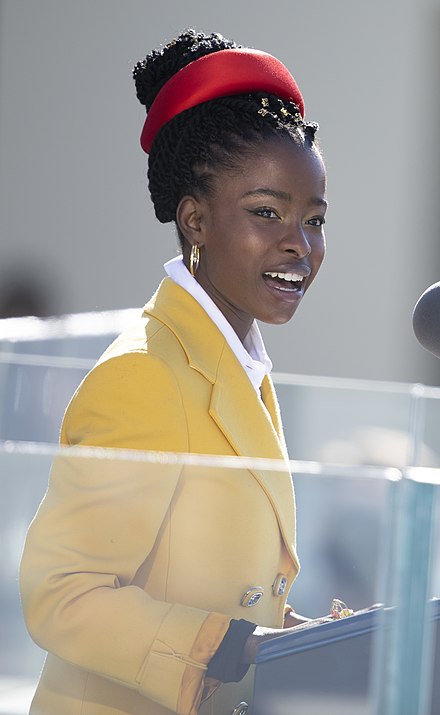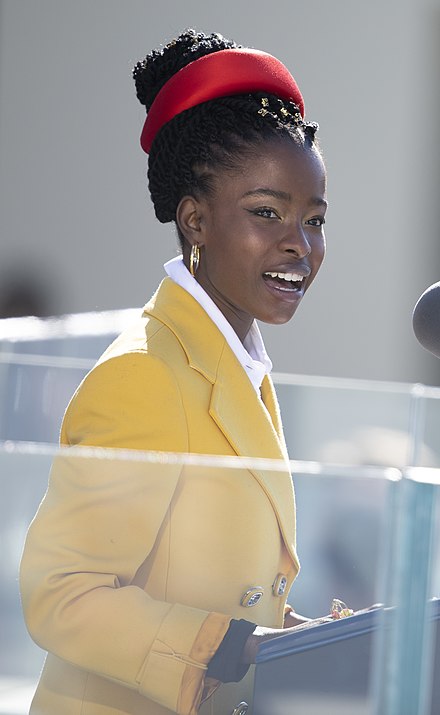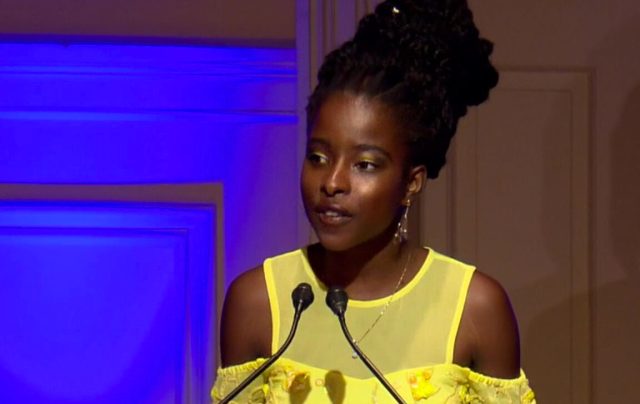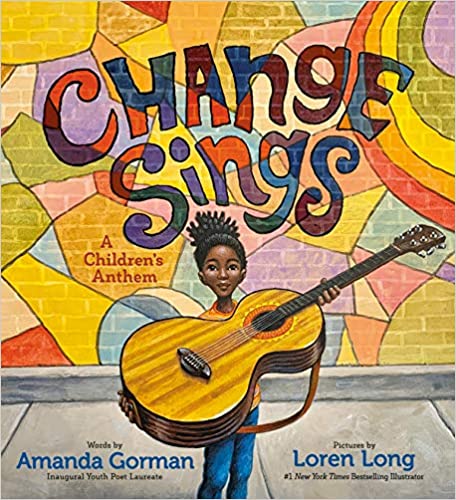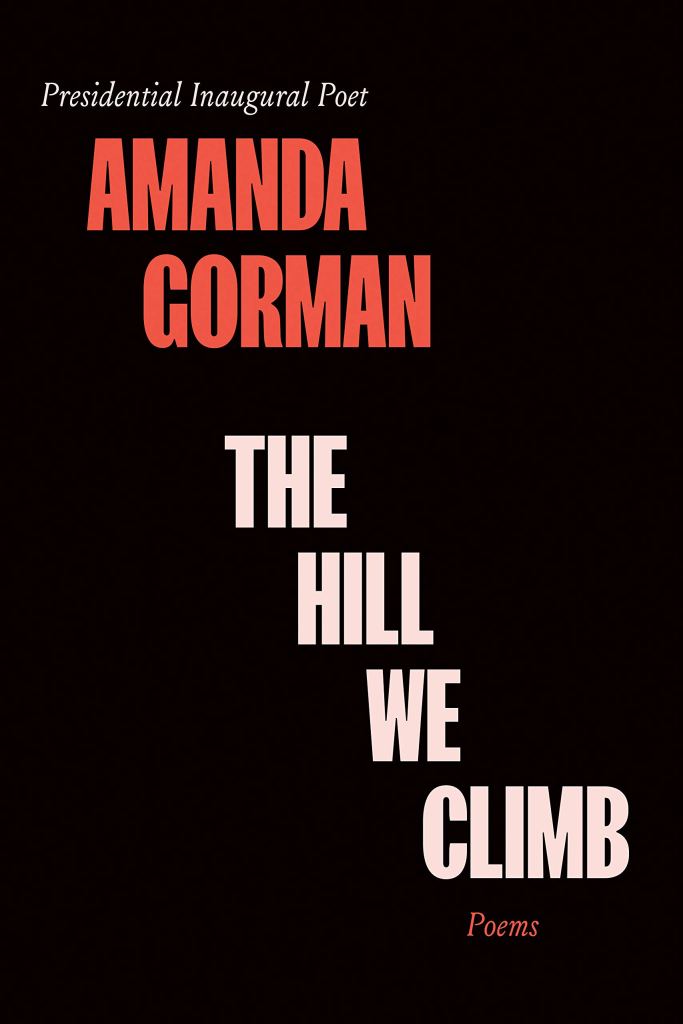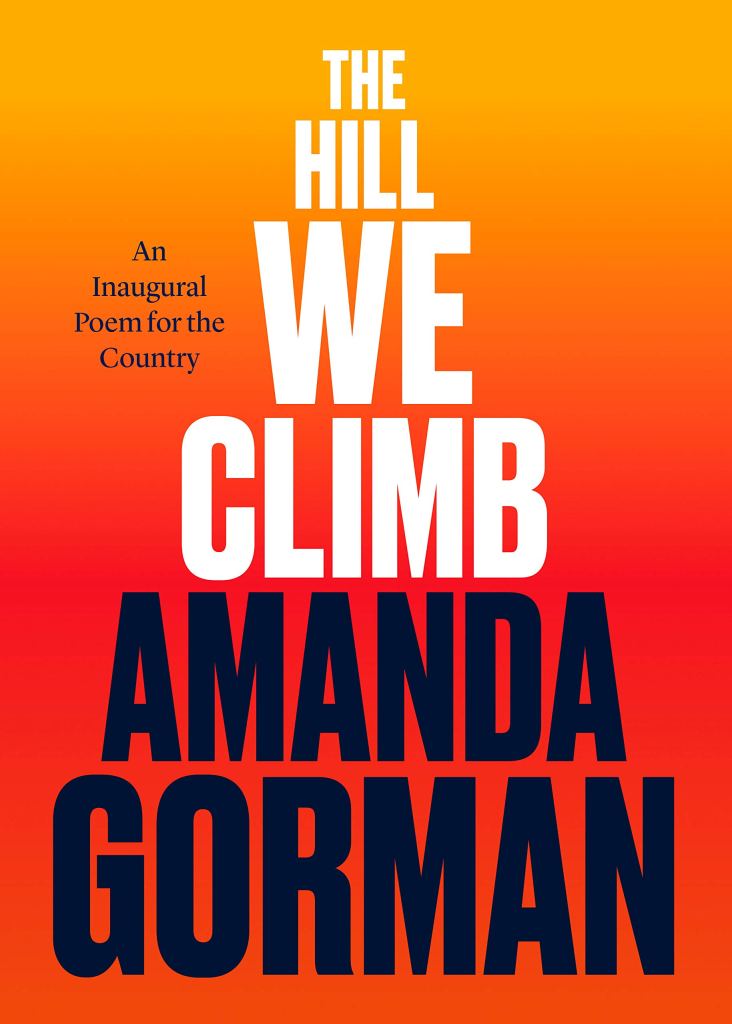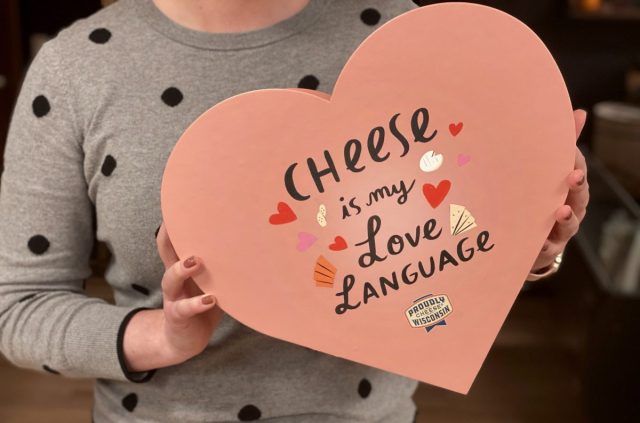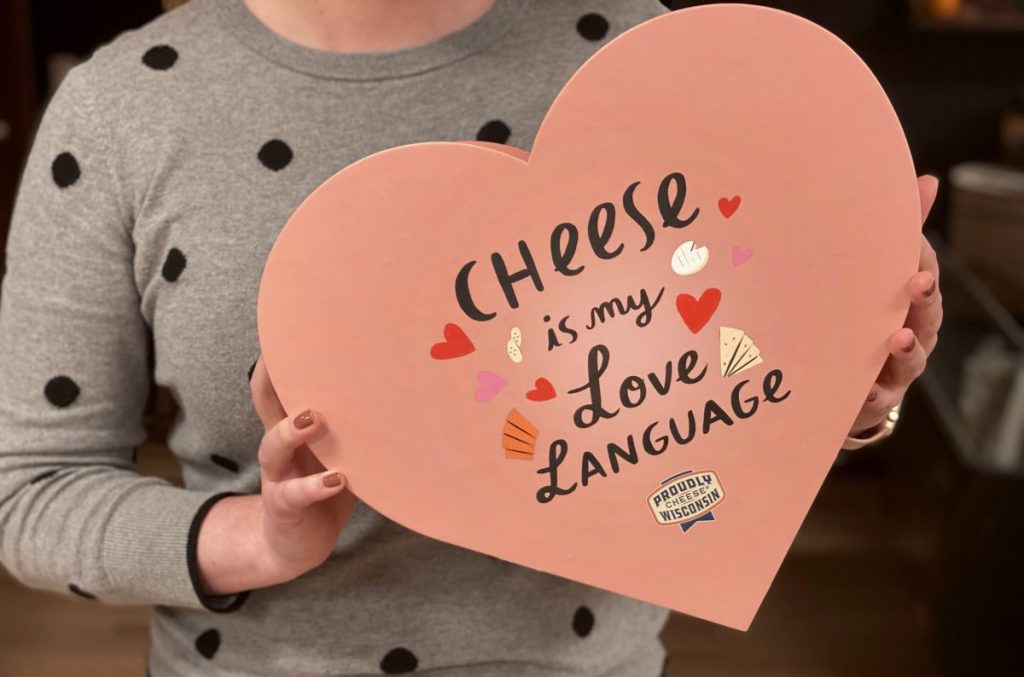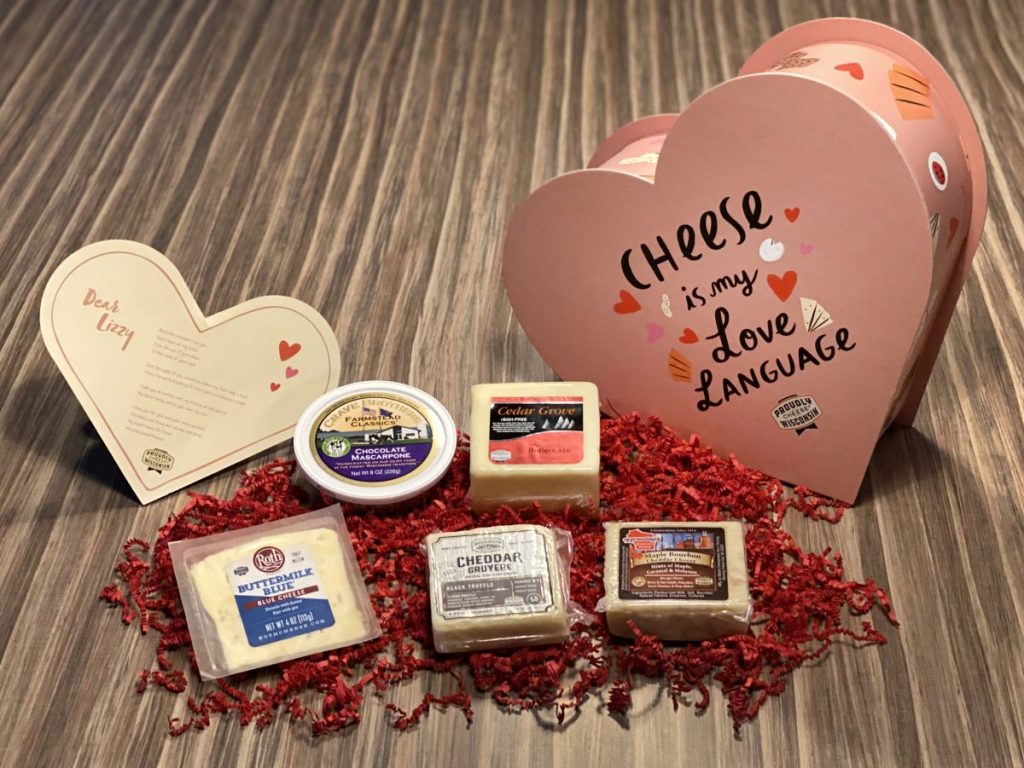Did you know that Frederick Douglass was nominated to be Vice President of the United States? Educate the kiddos (and re-educate yourself) on this founding father whose outstanding contributions to society broke ground, broke color barriers, and changed the course of history. Here are facts about Frederick Douglass you might not know. To continue the conversation with your kids, check out 25 Black history figures kids should know.
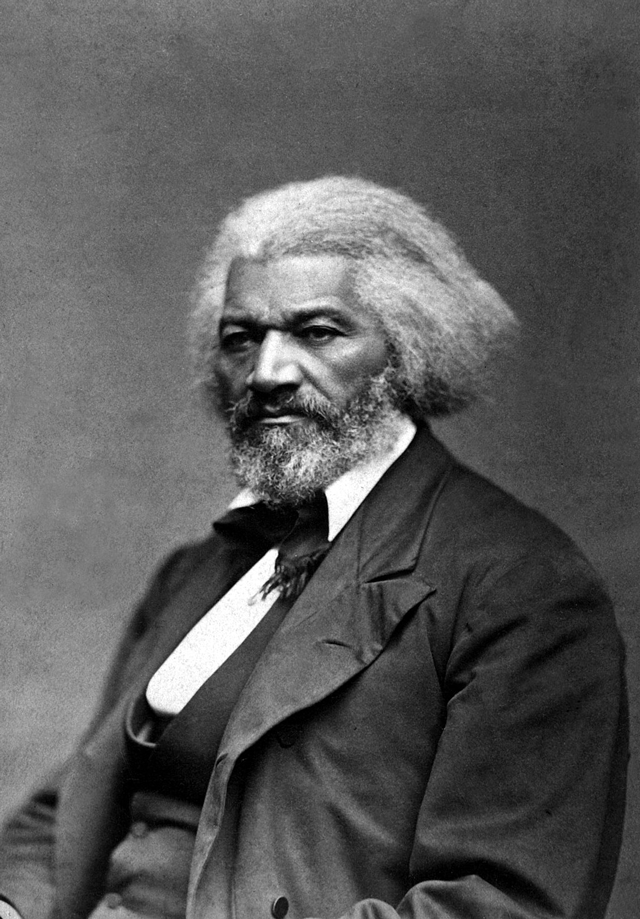
1. He chose the last name Douglass from a poem.
Frederick Douglass was born Frederick Augustus Washington Bailey. He was born into slavery in Maryland in 1818. Although both of his parents were enslaved people, Frederick never really knew his mother as she worked on a different plantation, and he never met his father. Later, when Frederick married, he chose the last name Douglass after the hero clan in Sir Walter Scott's famous poem, Lady of the Lake.
Tip: For younger kids who don't know the history of slavery in the United States, have a conversation with them on a level they will understand. We recommend reading a few (or all) of these books that encourage open discussion about racial injustice and inequality.
2. He taught himself to read and write.
A widely known fact about Frederick Douglass is that although he did not attend school (Black children were not allowed), he understood the power and value of literacy. And so, he taught himself to read and write at a young age.
3. He disguised himself as a sailor to escape slavery.
Young Frederick read avidly and educated himself on the rights of every person to be free. After several unsuccessful attempts to escape slavery, he finally managed to, thanks to a free Black woman named Anne Murray. She helped him pay for a train ticket north. Disguised as a sailor, he escaped on Sep. 3, 1838. He was 20 years old.
4. He picked his birthday.
Here's a fact about Frederick Douglass you might not know: After he was freed from slavery, Douglass chose February 14th as his birthday.
5. He married the woman who helped him escape.
Not long after his successful escape, Frederick married Anne Murray, and they took the last name, Douglass. They moved to New Bedford, Massachusetts, and together had five children.
6. Douglass was an abolitionist.
An abolitionist is a person who wants to get rid of (abolish) a practice or institution. Specifically, the abolitionist movement sought to be rid of slavery.
7. Despite the risk of recapture, he was an active speaker and employed by the Massachusetts Anti-Slavery Society. He traveled throughout the northern and midwestern states, speaking on behalf of the anti-slavery movement. Once, he had to travel to Ireland and England to avoid being recaptured. But he never stopped speaking out.
8. He was a prolific author.
Frederick Douglass was an excellent writer and wrote several works during his lifetime, including three autobiographies: The Narrative of the Life of Frederick Douglass, an American Slave (1845), My Bondage and My Freedom (1855) and The Life and Times of Frederick Douglass (1881). These are still considered today to be of unparalleled value to the historical narrative of our country.
9. He was also a publisher and an editor.
In addition to being a speaker and author of books, he published a paper for more than 16 years. He owned his own printing press and started the publication of The North Star. (Remember, he taught himself to read and write!!)
10. He fought for women’s rights and desegregation in the North.
While there was no active slavery in the northern states, segregation was rampant, and African Americans were still considered second-class citizens. Douglass challenged this in his speeches and his publications.
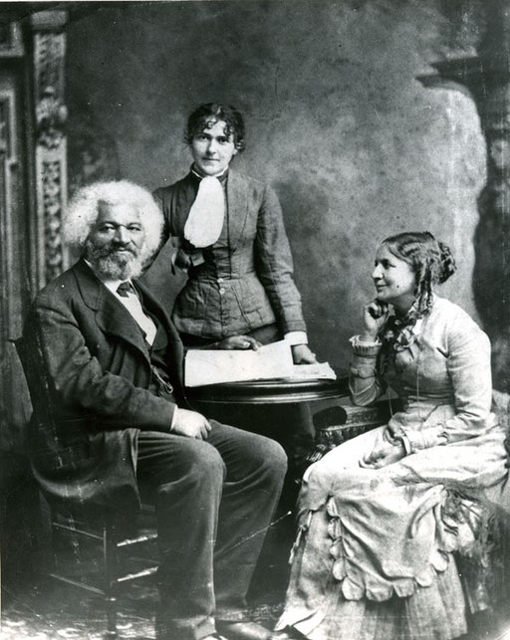
11. His second marriage broke ground, too.
Sadly, Douglass’ beloved wife Anna died in 1881 of a stroke. Several years later, Douglass remarried activist Helen Pitts. Helen was white, and their interracial marriage was widely criticized. Undeterred, Douglass and Helen continued traveling and advocating on behalf of equality and justice everywhere. He died of a heart attack in 1895 at the age of 77.
12. He met with President Abraham Lincoln.
During the Civil War—which erupted in 1861 over the issue of slavery— black soldiers were given lesser pay and non-equal treatment. Douglass met with Lincoln to advocate on behalf of the soldiers. Douglass had two sons who served in the Army, and he actively recruited African Americans to fight in the Civil War. Douglass, along with many others, spoke out for equal citizenship and the emancipation (freeing) of all slaves. After the war, Douglass fought for the 13th Amendment (which abolished slavery), the 14th Amendment (which granted citizenship to those born in the United States as enslaved persons), and the 15th Amendment (giving voting rights to men of all color—women would not gain the right to vote until the 19th Amendment in 1920).
13. There are plaques in his honor in Ireland and England.
In 2012 the Imperial Hotel in Cork, Ireland, has a plaque commemorating Douglass’ visit. The Waterford City Hall (in Waterford, Ireland), where Douglass once gave a speech has a plaque. And in South Kensington, London, you can visit the Nell Gwynn House, where Douglass stayed during his visit.
14. In 1965, Douglass was honored on a USPS stamp.
The stamp was designed during the Civil Rights movement of the 1960s by Walter DuBois Richards and was based on a photograph provided by Douglass' family.
15. Washington Douglass Commonwealth?
Although Washington D.C. is part of the United States, it is not considered a state. In November 2016, voters passed a measure that would petition for statehood. The new state would be known as the State of Washington D.C., but D.C. will no longer stand for the District of Columbia. It will stand for Douglass Commonwealth (named after Frederick Douglass).
16. He never gave up.
Douglass worked tirelessly for justice. He served council in many prestigious positions, including legislative council member of the D.C. Territorial Government, President of Freedman’s Bank, Recorder of Deeds for D.C., Minister Resident, and Consul General to Haiti.
17. He worked for five different U.S. Presidents.
Starting with President Rutherford B. Hayes in 1877, he then worked for Presidents Garfield, Arthur, Cleveland, and Harrison as the U.S. Marshal for D.C.
18. He was once nominated for Vice President.
In 1872, he found himself on the ballot with Victoria Woodhull, who picked him as her Vice Presidential running mate for the Equal Rights Party—without his knowledge. He never acknowledged he was even chosen to run, likely because he had already backed another presidential candidate.
19. There are over 160 different portraits of him.
Another interesting fact about Frederick Douglass was that he was the most photographed man of the 19th century. He called photography a "democratic act" and gave away his pictures at lectures he held to normalize seeing Black people as humans rather than possessions.
7 Ways to Honor Douglass' Legacy Today

1. Identify injustice. Ask your kids to find an issue they feel is unjust or an instance where someone has been treated unfairly. Talk about how it makes them feel and what they can do to change it.
2. Write a speech. Have the kiddos write or recite a few words advocating their point of view on an issue they feel strongly about.
3. Read to them. Douglass knew his key to freedom was education. Spend some time reading and writing with the kids. Here’s our current list of Black History books for kids; a great place to start.
4. Talk with Douglass. Ask your kids to imagine they can ask Frederick Douglass a question. What would it be? What do they think the answer would be?
5. Draw Douglass. There are several excellent photos you can find of Douglass online. Look at the ones in this post or draw a scene of Douglass giving a speech.
6. Find an Example. Is there a modern-day Frederick Douglass your kids can identify with? Talk about the qualities that make someone a fearless leader and activist.
7. Visit Living History. Rochester, NY, was home to Douglass from 1847 to 1842. This is where he published his newspapers and where you will find his grave (in the same cemetery as Susan B. Anthony). Click here to learn more about finding Frederick Douglass in Rochester. You can also visit the Frederick Douglass National Historic Site in Washington, D.C.
